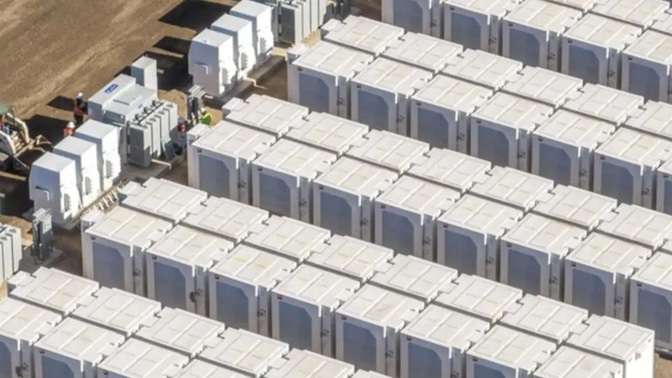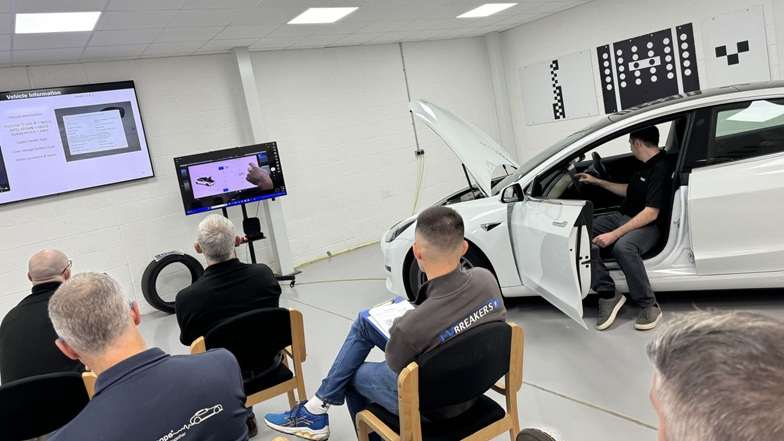The Solar Energy Industries Association (SEIA) has set an ambitious goal that could transform the way we power our lives. By 2030, the organization aims to achieve 700 gigawatt-hours (GWh) of installed battery storage capacity and 10 million distributed storage installations across the United States. This bold vision, outlined in a new whitepaper titled “SEIA’s Vision for American Energy Storage,” is more than just a lofty target—it’s a roadmap to a cleaner, more resilient energy future. But why is this so important, and how can we get there? Let’s dive into the details and explore what this means for America’s energy landscape.

Why Energy Storage Matters
Energy storage is the missing piece of the renewable energy puzzle. Solar panels and wind turbines generate clean energy, but they don’t produce power around the clock. That’s where storage comes in. Batteries can store excess energy when the sun is shining or the wind is blowing, then release it when needed—whether it’s during a cloudy day, a heatwave, or a power outage.
As SEIA President and CEO Abigail Ross Hopper puts it, “Expanding energy storage capacity is a crucial means of ensuring our nation’s energy security and resilience.” Storage turns intermittent renewable energy into reliable, dispatchable power, helping the grid adapt to challenges and deliver electricity to every community.
The Current State of Energy Storage
Right now, the U.S. has 83 GWh of installed energy storage capacity, including nearly 500,000 distributed storage installations (think home battery systems like Tesla Powerwalls). While this is a solid start, it’s nowhere near enough to meet the country’s growing energy needs.
According to Wood Mackenzie, current projections show the U.S. reaching 450 GWh of storage capacity by 2030. That’s impressive, but it still falls short of what’s required to support a clean energy transition. SEIA’s target of 700 GWh is a call to action—a challenge to policymakers, businesses, and communities to step up and accelerate progress.
The Roadmap to 700 GWh
Achieving SEIA’s vision won’t be easy, but it’s absolutely possible with the right policies and investments. The whitepaper outlines several key recommendations to unlock the full potential of energy storage:
- Preserve Federal Tax Credits for Standalone Storage: Tax incentives have been a driving force behind solar adoption. Extending similar benefits to standalone storage projects will encourage more investment.
- Ensure Fair Grid Access and Compensation: Storage systems provide valuable services to the grid, like balancing supply and demand. They deserve fair compensation for these contributions.
- Reform Interconnection Processes: Connecting storage projects to the grid can be a bureaucratic nightmare. Streamlining these processes will make it easier to deploy storage at scale.
- Establish Affordable Retail Rates for Storage Charging: Lowering the cost of charging storage systems will make them more accessible to homeowners and businesses.
- Support Domestic Manufacturing: By investing in U.S.-based storage manufacturing, we can create jobs, reduce reliance on foreign supply chains, and strengthen the economy.
- Implement State-Level Procurement Programs: States can lead the way by setting storage targets and incentivizing projects.
- Focus on Equity: Investments in low-income communities—especially those disproportionately affected by extreme weather and poor air quality—are essential for a just energy transition.
- Invest in Long-Duration Storage: While lithium-ion batteries dominate today’s market, long-duration storage technologies (think flow batteries or hydrogen) will be critical for storing energy over days or even weeks.
The Benefits of Hitting the Target
Reaching 700 GWh of storage capacity and 10 million distributed installations would be a game-changer for the U.S. Here’s why:
- Reliable Power for All: Storage ensures that homes, businesses, and critical infrastructure have access to electricity, even during outages or extreme weather events.
- Job Creation: Building and deploying storage systems will create thousands of jobs in manufacturing, construction, and maintenance.
- Climate Action: By enabling more renewable energy, storage will help reduce greenhouse gas emissions and combat climate change.
- Energy Independence: A strong domestic storage supply chain will reduce reliance on foreign energy sources and strengthen national security.
While the vision is inspiring, there are hurdles to overcome. For one, the U.S. needs to significantly ramp up its storage manufacturing capacity. Additionally, outdated policies and regulations could slow progress if not addressed.
But as Joan White, SEIA’s Director of Storage and Interconnection, points out, “The U.S. storage market is at an inflection point.” With the right mix of policy support and collaboration between the private sector, states, and the federal government, we can achieve these targets—and reap the benefits.
The transition to a clean energy future isn’t just up to policymakers and industry leaders—it’s a collective effort. Here’s how you can get involved:
- Advocate for Storage Policies: Contact your representatives and urge them to support policies that promote energy storage.
- Consider Home Storage: If you have solar panels, adding a battery system can increase your energy independence and resilience.
- Spread the Word: Share SEIA’s vision with your community and help build momentum for clean energy solutions.
SEIA’s vision for 700 GWh of storage capacity and 10 million distributed installations by 2030 is bold, but it’s also necessary. Energy storage is the key to unlocking the full potential of renewable energy, ensuring grid reliability, and building a more equitable and sustainable future.
The time to act is now. By working together, we can turn this vision into reality—and power a brighter tomorrow for everyone.
What do you think about SEIA’s storage targets? Are you ready to join the clean energy revolution? Let us know in the comments!
To learn more about SEIA’s energy storage advocacy work and access the full whitepaper, visit SEIA’s website.
PEOPLE WHO READ THIS, ALSO READ




